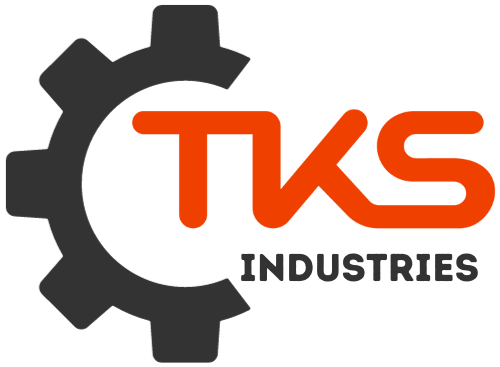[ad_1]
The Ultimate Guide to Company Machinery: From Procurement to Preservation
Company machinery is the lifeblood of many businesses, driving productivity, efficiency, and ultimately, profitability. But navigating the world of industrial equipment can be daunting. This comprehensive guide will walk you through everything from choosing the right machinery to ensuring its longevity.
1. Assessing Your Needs:
Before diving into the marketplace, take stock of your operations. What processes are most crucial?
- Identify Specific Tasks: What functions does your machinery need to perform?
- Throughput Requirements: How much output do you need to achieve daily, weekly, or monthly?
- Scalability: Will your needs change in the future? Choose machinery that can adapt.
- Budget: Establish a realistic budget, remembering to factor in not just purchase price but also maintenance, energy consumption, and potential downtime.
2. Types of Machinery:
- Manufacturing:
- CNC Machines: Computer-controlled cutting, milling, and machining for precise fabrication.
- Injection Molding Machines: Create complex plastic parts.
- Robotics: Automation for tasks like assembly, welding, and material handling.
- Construction:
- Excavators: Heavy-duty digging and earthmoving.
- Loaders: Moving materials like soil, gravel, and aggregates.
- Concrete Mixing Equipment: Provides the necessary mix for construction projects.
- Material Handling:
- Forklifts: Elevating and transporting palletized goods.
- Conveyor Systems: Efficiently moving materials across distances.
- Crane Systems: Lifting and positioning heavy loads within a workspace.
3. Choosing a Supplier:
- Research: Look for established suppliers with a proven track record. Read online reviews and seek industry recommendations.
- Reputation: A good reputation indicates quality products and reliable service.
- Expertise: Choose a supplier with in-depth knowledge of your industry and machinery needs.
- Support: Request information about maintenance, repair, and parts availability.
4. Financing Options:
- Direct Purchase: Requires a significant upfront investment.
- Leasing: Offers flexibility and lower initial costs, but payments accrue over time.
- Financing: Securing a loan can spread the cost over a longer period. Compare interest rates and terms carefully.
5. Maintenance and Preservation:
- Regular Inspections: Identify potential problems early on.
- Preventive Maintenance: Following a scheduled maintenance plan can extend the lifespan of machinery.
- Proper Lubrication: Use the correct lubricants according to manufacturer specifications.
- Cleanliness: Keep equipment clean and free from debris to prevent damage.
- Operator Training: Ensure operators are trained on proper usage and safety procedures.
Investing in the right company machinery is crucial for success. By carefully considering your needs, conducting thorough research, and prioritizing maintenance, you can ensure your equipment remains a valuable asset for years to come.
[ad_2]
